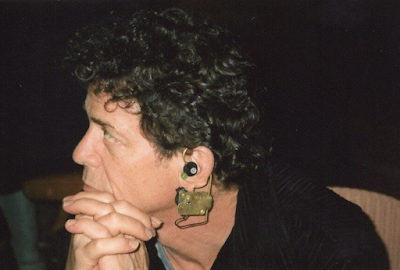 |
Dave Dyment
Untitled [Hello Hello]
Sackville, Canada: Self-published, 2022
Sizes vary
Edition of 5, each unique
The second of a planned series of three telephone works, where the earpiece speaker has been connected to an MP3 player which plays an arrangement of clips from cinema and television. Rather than play out a supercut of simple cinematic conversations, both works make the gallery-goer complicit.
In Untitled [Eavesdrop] - produced in collaboration with Stephanie Cormier - the conversations are all between two parties who are being wiretapped or otherwise listened in on, or believe they are. They are speaking hesitantly, or in code, or outright acknowledge that they "can't talk right now". Their stilted and awkward cadence gives a kind of rhythm to the work and the gallery viewer becomes implicated in the call. The (often paranoid) callers believe that they are being listened in on, and the viewer completes the work by becoming that third party.
In Untitled [Hello Hello], the gallery goer becomes the second party in a series of one-sided conversations made up entirely of the word Hello, each time repeated. The second utterance is either more urgent or more confused than the first, and this doubling up provides the work with its distinct rhythm. The audio clips are from TV and movies where the conversations is one-sided. There is either due to bad reception, a dropped call, a hang-up, or a person paralyzed with fear on the other end.
The work is part of Hello Hello, an exhibition which continues at MKG127 in Toronto until April 16th.
[Just got notification that Artforum has listed the show as "must see"]




















































